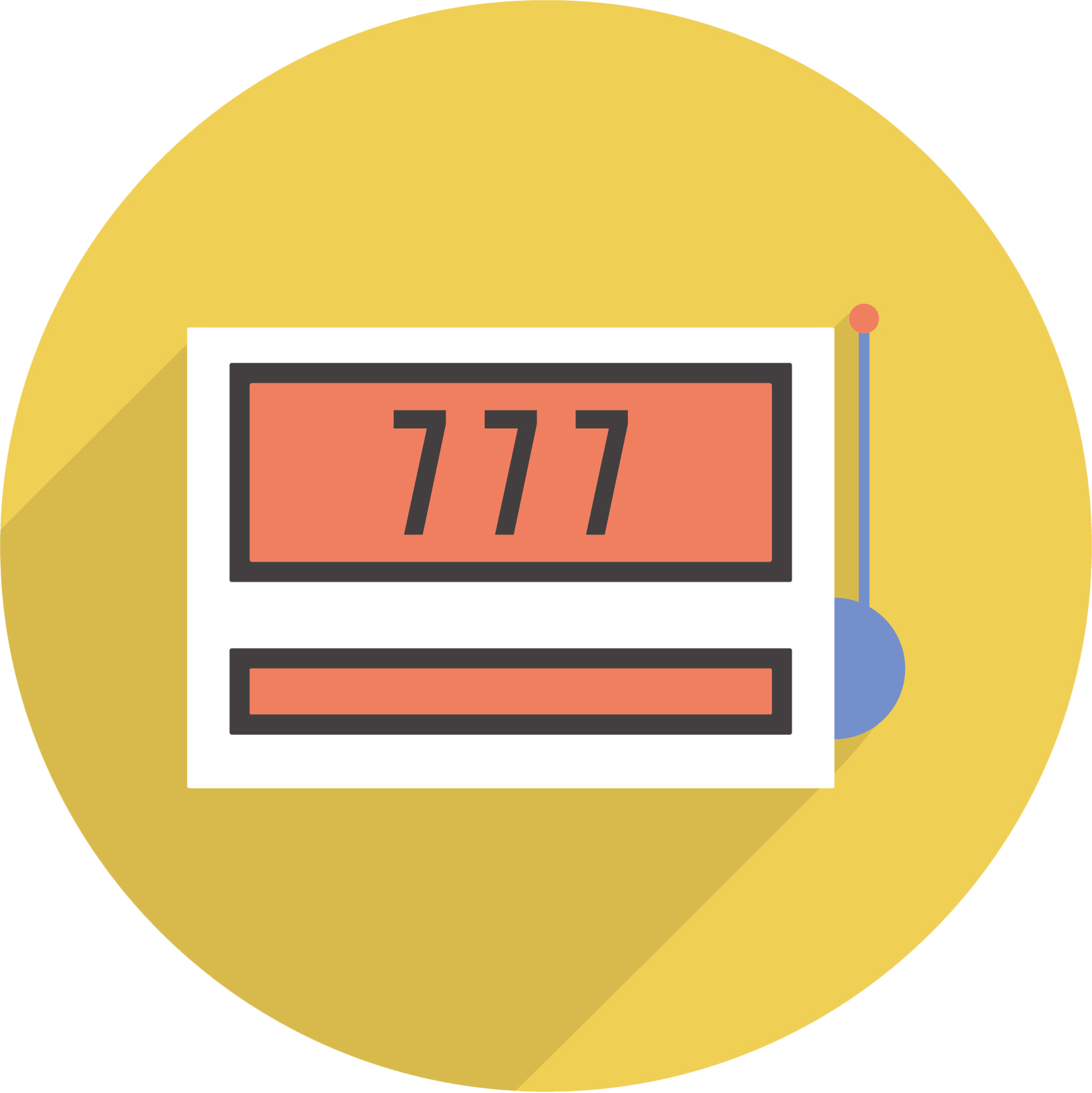A Step-By Step Guide To Personal Injury Attorneys
페이지 정보
작성자 Dorine 작성일 24-04-10 08:17 조회 6 댓글 0본문
Personal Injury Litigation
The law enables people to recover damages caused by other people. This can be physical as well as mental damage.
Although many personal injury cases can be resolved outside of court however, there are times when it is necessary to make a claim. It will help you understand your financial losses and make sure you get fair compensation.
Damages
After an accident, a plaintiff may pursue a Personal Injury Attorneys injury suit claiming that another party caused the accident. The lawsuit seeks damages for both economic and non-economic damages.
There are two types of damages both general and special. Personal injury torts can lead to special damages that are quantifiable like medical expenses or loss of earnings. General damages, on the other hand, are less quantifiable and can include suffering, pain and loss of consortium as well as emotional distress.
Consider Driver 1 causing an accident of a minor nature and Driver 2 suffering from an uncommon condition that was exacerbated by the collision. This could require extensive treatment and result in immense discomfort. Although the injuries suffered by Driver 2 were not common they could be held responsible for both the special (specific medical expenses) and general damages (compensation for pain and suffering).
Because certain types of damages don't carry an intrinsic dollar value, they can be difficult to prove. Damages for pain and suffering for instance, are subjective. They can vary from mental angst to physical pain.
However, if you have documentation of your injuries (e.g. notes from your doctor, notes as well as photos and videos) your injuries can be verified. Furthermore, if your injuries prevent you from working for the foreseeable future, you can collect losses of earning capacity.
Many people begin their legal quest to recover compensation by making a claim with an insurance company representing the at-fault party or liable party. It gives claimants the opportunity to argue their case and request compensation for their losses. Settlements can be reached based on policy of the liable party.
An attorney can help you estimate the amount of your damages and fight for a fair settlement. If the insurance company refuses to bargain in good faith, or if you're in an unusual situation that requires a trial your attorney can bring a lawsuit and seek punitive damages against the liable party.
Punitive damages are intended to penalize the responsible party for their actions, and to deter them from repeating the same act in the future. They are only available in a few types of personal injury attorney injury cases, and you need to demonstrate that the defendant's actions were based on malice or recklessness.
Statute of Limitations
Each state has its own statutes of limitation that limit the time that lawsuits can be filed. If you're involved with an automobile accident or slip and fall, these deadlines will apply to your personal injury claim.
These deadlines are critical because they could be the difference between winning or losing your case. If you wait too long before filing your claim, the court could refuse to hear your case and you may lose your chance to receive the compensation you are entitled to.
For most personal injury law firms injury cases, the statute of limitations in New York is three years. However, this general time limit can be extended or tolled under certain circumstances.
New York's statute of limitations is different for claims against local government agencies like the New York Parks Department, the City of New York Department of Sanitation or the New York City Transit Authority. In these situations you only have six months to issue a notice of intent to bring a lawsuit.
In certain situations such as exposure to harmful substances or medical malpractice, the statute of limitations doesn't start to run until you have discovered or should have discovered your injury. In other situations, such as when the victim is minor, the statute of limitations may be extended until they reach the age of maturity, meaning they are able to file suit once they reach the age of 18 or more.
Let's say that you have been using vibrating devices for years and are now suffering from carpal tunnel syndrome. This is an injury that is serious and can cause significant medical costs and other financial losses.
You inform your supervisor about the problem and explain to him that vibrations cause your pain. He promises to fix it. Three years later, your doctor diagnoses that you suffer from an lung condition that is caused by asbestos.
Your lawyer can assist you determine when, based on the specific facts and circumstances the statute of limitation will start and close. They can also assist you to determine if you qualify for any exceptions that could prolong or reduce the timeframe for filing your personal injury claim.
Negotiations
Although settlement negotiations for personal injuries can be complex but they can be swiftly and efficiently resolved with the help of an experienced personal attorney. Your lawyer will assist you to in obtaining the full amount of your damages during the negotiation process.
The value of your claim will vary from one instance to the next. It is determined by various factors. For instance, the severity of your injuries, medical expenses, and lost income will all be considered. A rough estimate of your impairment rating could be provided by your physician, which could aid you in determining the amount of compensation you will receive.
Your lawyer will draft a demand note in the beginning of personal injury litigation. This letter should explain the facts of your case, and ask for the settlement. The letter should be accompanied by any supporting documents, such as medical records and physician reports.
An insurance adjuster will reach out to you within a few days after receiving your letter. The insurance adjuster will contact you for details about your case. They may also decide to interview you.
Your lawyer will then investigate the accident to determine who was liable and how serious your injuries are. They will also collect pertinent evidence, including accident reports and records from police officers who responded to the scene of the crash.
These issues can be discussed with an insurance company representative by your lawyer during the negotiation process. The insurance company could respond to your lawyer by making a counteroffer that is low. Then, you have the option to accept the offer or submit an offer that is higher.
Once you have received the initial offer the lawyer and you will be negotiating back and forth until a final deal is reached. Negotiations can last for several months or even more depending on the nature of the case and Personal Injury Attorneys the strategies used to negotiate by both sides.
There are alternative dispute resolution options such as mediation and arbitration if you are unable or unwilling to resolve your dispute swiftly. These procedures are usually quicker and cheaper than a trial, but they aren't always possible. They may not yield the most effective results for you.
Trial
A plaintiff can present a complaint to a defendant in personal injury litigation based on their negligence. If the defendant is found liable to the plaintiff, then they are able to recover damages. Typically the amount paid will depend on the degree of the injury and how those injuries have affected the plaintiff's life.
During the legal procedure your lawyer will conduct an investigation to determine who's at fault and what caused the injuries. They will also collaborate with experts to gather evidence to support your case.
Your personal injury lawyer will identify every party that could be responsible for your injuries. This includes insurance businesses, companies as well as other individuals.
They will collaborate with medical professionals to determine the severity of your injuries, and record them. They will also analyze the cost of treatment and determine how much your damages are worth.
The lawyer can then contact the insurance company of the defendant to determine whether they're willing accept an acceptable amount of money or if they are willing to continue your case to trial. The lawsuit then moves into the discovery phase.
The discovery stage involves gathering information from both parties using various legal tools such as Bills of Particulars and Requests For Admissions, Interrogatories, and Requests for the Production of Documents.
It is the most crucial phase of any personal injury lawsuit. In the majority of cases, the discovery process lasts at least a year.
After your lawyer has gathered sufficient evidence and built a strong case then it's time to go to trial. The trial can be held in either a courtroom or in an administrative hearing.
A judge or jury will decide whether the defendant was responsible for your injuries and has to pay compensation. A jury or judge could also decide the winner. Punitive damages are additional damages resulting from the defendant's negligence.
During the trial your lawyer will present evidence that shows your entire financial and personal injury attorneys medical loss, and how it has affected your life. This will ensure that you get the maximum amount of compensation in your case.
The law enables people to recover damages caused by other people. This can be physical as well as mental damage.
Although many personal injury cases can be resolved outside of court however, there are times when it is necessary to make a claim. It will help you understand your financial losses and make sure you get fair compensation.
Damages
After an accident, a plaintiff may pursue a Personal Injury Attorneys injury suit claiming that another party caused the accident. The lawsuit seeks damages for both economic and non-economic damages.
There are two types of damages both general and special. Personal injury torts can lead to special damages that are quantifiable like medical expenses or loss of earnings. General damages, on the other hand, are less quantifiable and can include suffering, pain and loss of consortium as well as emotional distress.
Consider Driver 1 causing an accident of a minor nature and Driver 2 suffering from an uncommon condition that was exacerbated by the collision. This could require extensive treatment and result in immense discomfort. Although the injuries suffered by Driver 2 were not common they could be held responsible for both the special (specific medical expenses) and general damages (compensation for pain and suffering).
Because certain types of damages don't carry an intrinsic dollar value, they can be difficult to prove. Damages for pain and suffering for instance, are subjective. They can vary from mental angst to physical pain.
However, if you have documentation of your injuries (e.g. notes from your doctor, notes as well as photos and videos) your injuries can be verified. Furthermore, if your injuries prevent you from working for the foreseeable future, you can collect losses of earning capacity.
Many people begin their legal quest to recover compensation by making a claim with an insurance company representing the at-fault party or liable party. It gives claimants the opportunity to argue their case and request compensation for their losses. Settlements can be reached based on policy of the liable party.
An attorney can help you estimate the amount of your damages and fight for a fair settlement. If the insurance company refuses to bargain in good faith, or if you're in an unusual situation that requires a trial your attorney can bring a lawsuit and seek punitive damages against the liable party.
Punitive damages are intended to penalize the responsible party for their actions, and to deter them from repeating the same act in the future. They are only available in a few types of personal injury attorney injury cases, and you need to demonstrate that the defendant's actions were based on malice or recklessness.
Statute of Limitations
Each state has its own statutes of limitation that limit the time that lawsuits can be filed. If you're involved with an automobile accident or slip and fall, these deadlines will apply to your personal injury claim.
These deadlines are critical because they could be the difference between winning or losing your case. If you wait too long before filing your claim, the court could refuse to hear your case and you may lose your chance to receive the compensation you are entitled to.
For most personal injury law firms injury cases, the statute of limitations in New York is three years. However, this general time limit can be extended or tolled under certain circumstances.
New York's statute of limitations is different for claims against local government agencies like the New York Parks Department, the City of New York Department of Sanitation or the New York City Transit Authority. In these situations you only have six months to issue a notice of intent to bring a lawsuit.
In certain situations such as exposure to harmful substances or medical malpractice, the statute of limitations doesn't start to run until you have discovered or should have discovered your injury. In other situations, such as when the victim is minor, the statute of limitations may be extended until they reach the age of maturity, meaning they are able to file suit once they reach the age of 18 or more.
Let's say that you have been using vibrating devices for years and are now suffering from carpal tunnel syndrome. This is an injury that is serious and can cause significant medical costs and other financial losses.
You inform your supervisor about the problem and explain to him that vibrations cause your pain. He promises to fix it. Three years later, your doctor diagnoses that you suffer from an lung condition that is caused by asbestos.
Your lawyer can assist you determine when, based on the specific facts and circumstances the statute of limitation will start and close. They can also assist you to determine if you qualify for any exceptions that could prolong or reduce the timeframe for filing your personal injury claim.
Negotiations
Although settlement negotiations for personal injuries can be complex but they can be swiftly and efficiently resolved with the help of an experienced personal attorney. Your lawyer will assist you to in obtaining the full amount of your damages during the negotiation process.
The value of your claim will vary from one instance to the next. It is determined by various factors. For instance, the severity of your injuries, medical expenses, and lost income will all be considered. A rough estimate of your impairment rating could be provided by your physician, which could aid you in determining the amount of compensation you will receive.
Your lawyer will draft a demand note in the beginning of personal injury litigation. This letter should explain the facts of your case, and ask for the settlement. The letter should be accompanied by any supporting documents, such as medical records and physician reports.
An insurance adjuster will reach out to you within a few days after receiving your letter. The insurance adjuster will contact you for details about your case. They may also decide to interview you.
Your lawyer will then investigate the accident to determine who was liable and how serious your injuries are. They will also collect pertinent evidence, including accident reports and records from police officers who responded to the scene of the crash.
These issues can be discussed with an insurance company representative by your lawyer during the negotiation process. The insurance company could respond to your lawyer by making a counteroffer that is low. Then, you have the option to accept the offer or submit an offer that is higher.
Once you have received the initial offer the lawyer and you will be negotiating back and forth until a final deal is reached. Negotiations can last for several months or even more depending on the nature of the case and Personal Injury Attorneys the strategies used to negotiate by both sides.
There are alternative dispute resolution options such as mediation and arbitration if you are unable or unwilling to resolve your dispute swiftly. These procedures are usually quicker and cheaper than a trial, but they aren't always possible. They may not yield the most effective results for you.
Trial
A plaintiff can present a complaint to a defendant in personal injury litigation based on their negligence. If the defendant is found liable to the plaintiff, then they are able to recover damages. Typically the amount paid will depend on the degree of the injury and how those injuries have affected the plaintiff's life.
During the legal procedure your lawyer will conduct an investigation to determine who's at fault and what caused the injuries. They will also collaborate with experts to gather evidence to support your case.
Your personal injury lawyer will identify every party that could be responsible for your injuries. This includes insurance businesses, companies as well as other individuals.
They will collaborate with medical professionals to determine the severity of your injuries, and record them. They will also analyze the cost of treatment and determine how much your damages are worth.
The lawyer can then contact the insurance company of the defendant to determine whether they're willing accept an acceptable amount of money or if they are willing to continue your case to trial. The lawsuit then moves into the discovery phase.
The discovery stage involves gathering information from both parties using various legal tools such as Bills of Particulars and Requests For Admissions, Interrogatories, and Requests for the Production of Documents.
It is the most crucial phase of any personal injury lawsuit. In the majority of cases, the discovery process lasts at least a year.
After your lawyer has gathered sufficient evidence and built a strong case then it's time to go to trial. The trial can be held in either a courtroom or in an administrative hearing.
A judge or jury will decide whether the defendant was responsible for your injuries and has to pay compensation. A jury or judge could also decide the winner. Punitive damages are additional damages resulting from the defendant's negligence.
During the trial your lawyer will present evidence that shows your entire financial and personal injury attorneys medical loss, and how it has affected your life. This will ensure that you get the maximum amount of compensation in your case.
댓글목록 0
등록된 댓글이 없습니다.







